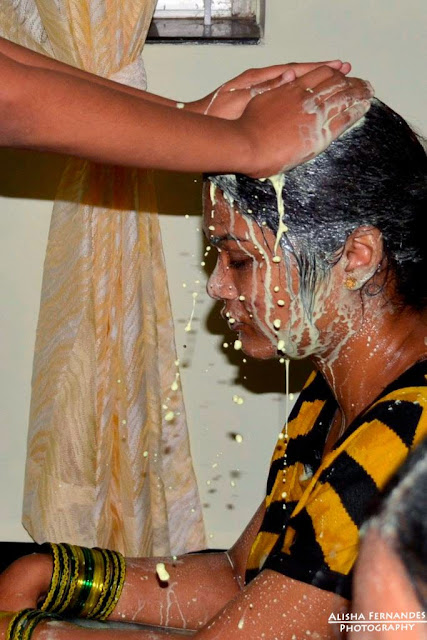The Beggars' Lunch - Bikareanchem Jevonn

Clafer Silva F.Y.Bcom B C183260 wedding in a Goan village is an elaborate affair and everyone looks forward to these happy occasions. But none more so than those classified as “poor”. For, a couple of days before the wedding, preferably on a Tuesday, these otherwise unfortunate folk are treated to a lavish feast-known as Bikareanchem Jevonn or Beggars’ Lunch. This traditional Goa wedding custom persists even till today. For the beggars’ lunch, seven or nine persons (always an odd number) are invited from among the poor of the village, although there are as such no objective criteria to determine who can be classified as poor. The beggars’ lunch meal is a sumptuous banquet, with delicious preparations of pork, beef, fish, rice and a curry of a special type called samarachi koddi -- a heavily spiced aromatic concoction that is often quite pungent as well. Of course, the dishes would vary depending on which faith the hosts follow, but invariably, the me




